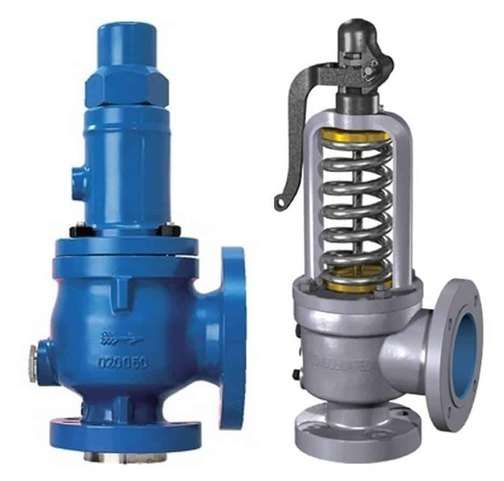
Nov 15,2023
In the intricate world of industrial equipment, two crucial components are pivotal in maintaining safety and operational integrity: Pressure Relief Valves (PRVs) and Safety Valves. While they might seem interchangeable to the untrained eye, understanding their nuanced disparities is vital for ensuring a seamless and secure operational environment.
Let's start with the fundamentals. Pressure Relief Valves (PRVs) and Safety Valves share a common purpose — to release excess pressure and prevent catastrophic failures. However, their mechanisms and applications diverge, influencing their roles in various systems.
PRVs are akin to the vigilant guardians of a system. They constantly monitor pressure levels and open gradually, releasing pressure in a controlled manner. It prevents sudden surges, ensuring a more predictable and manageable system response.
On the flip side, Safety Valves are the emergency responders. They remain closed during normal operations but swiftly open when pressure surpasses a critical point. This abrupt release is designed to avert potential disasters by rapidly reducing pressure levels.
PRVs find their niche in applications where precise and steady pressure relief is paramount. Industries such as pharmaceuticals and food processing often favor PRVs due to their ability to maintain a specific pressure threshold.
Conversely, Safety Valves are the go-to solution in scenarios where a rapid and forceful pressure release is imperative. Industries dealing with volatile substances, like petrochemicals, rely on safety valves to prevent catastrophic incidents.
In industries with stringent regulations, the gradual release provided by PRVs aligns seamlessly with compliance requirements. This steady approach safeguards equipment and ensures adherence to safety standards.
Safety Valves, with their rapid response capabilities, cater to situations demanding compliance with stringent safety standards. Their design aligns with the need for quick pressure relief, a crucial aspect in industries with high-risk potential.
Choosing between a PRV and a Safety Valve boils down to the specific needs of your operation. If precision and controlled release are top priorities, a PRV might be the ideal choice for your system.
On the other hand, if your operation deals with high-risk substances or demands swift response times, a Safety Valve should be at the forefront of your safety strategy.
In the grand tapestry of industrial safety, the difference between a PRV and a Safety Valve is not just semantic but operational. Understanding these disparities is crucial for making informed decisions and safeguarding personnel and equipment. As you navigate the intricate landscape of pressure management, remember that the right choice depends on the unique demands of your industry. So, whether you opt for the precision of a PRV or the urgency of a Safety Valve, rest assured that you're taking a crucial step toward a safer and more efficient operational future.